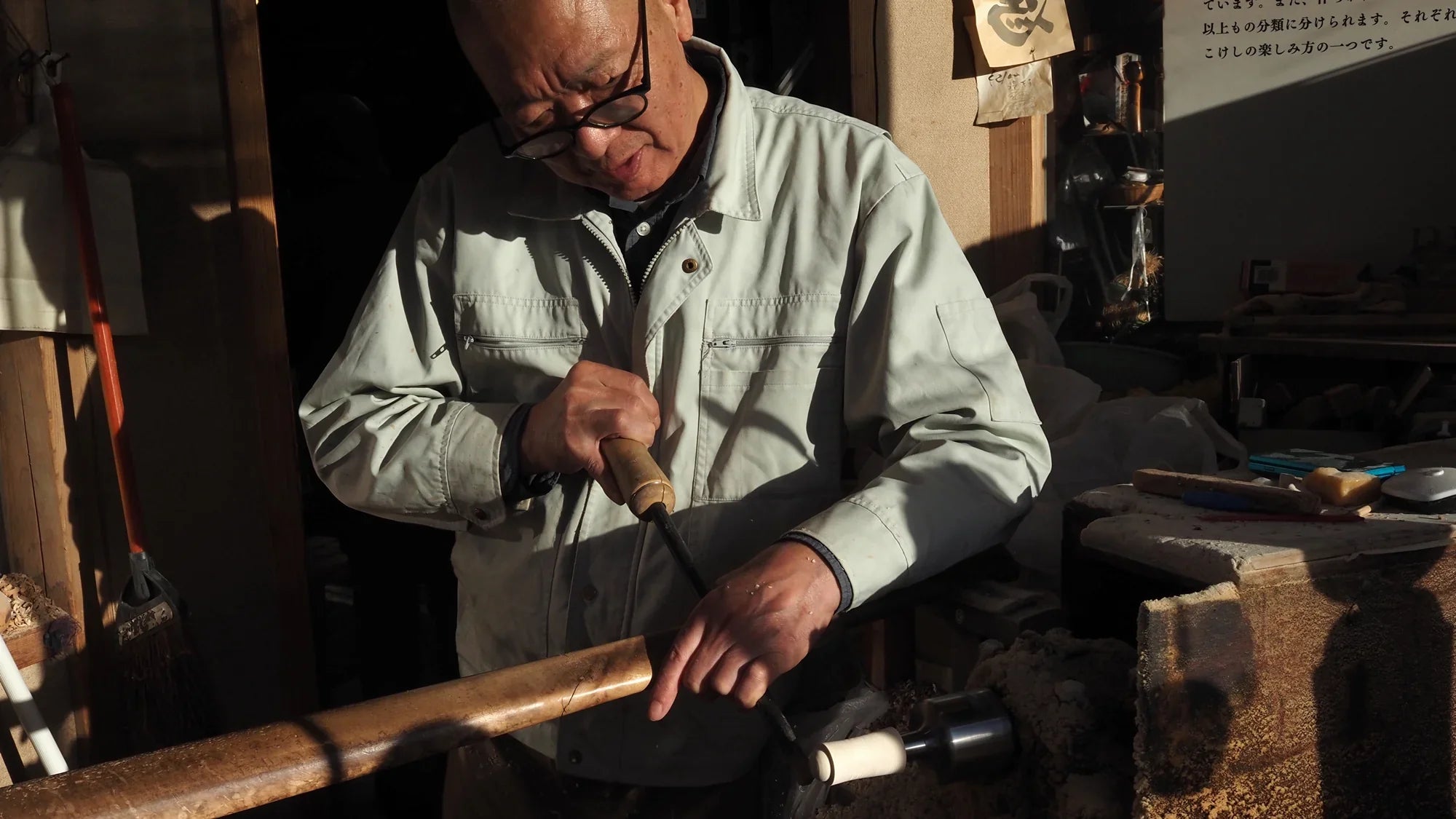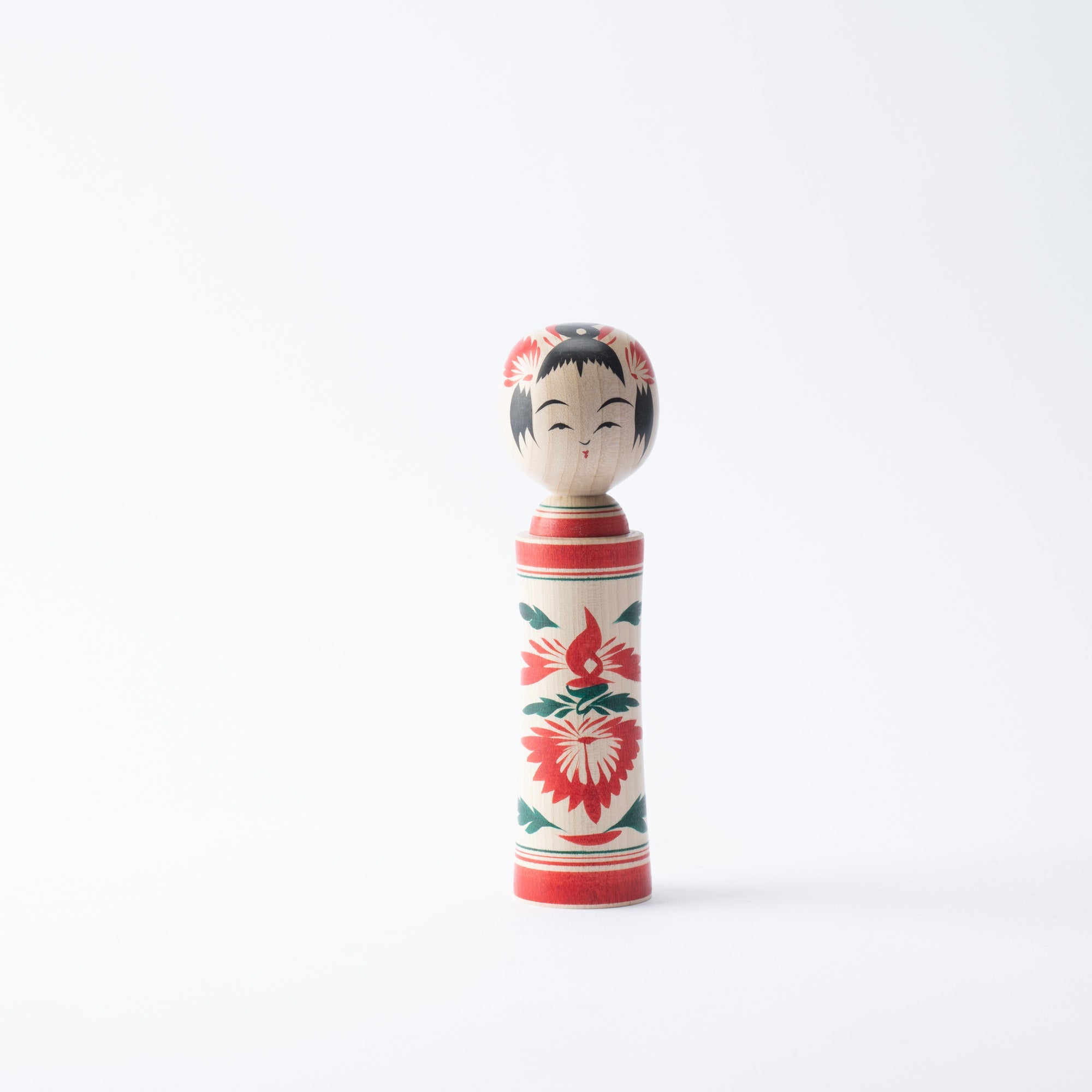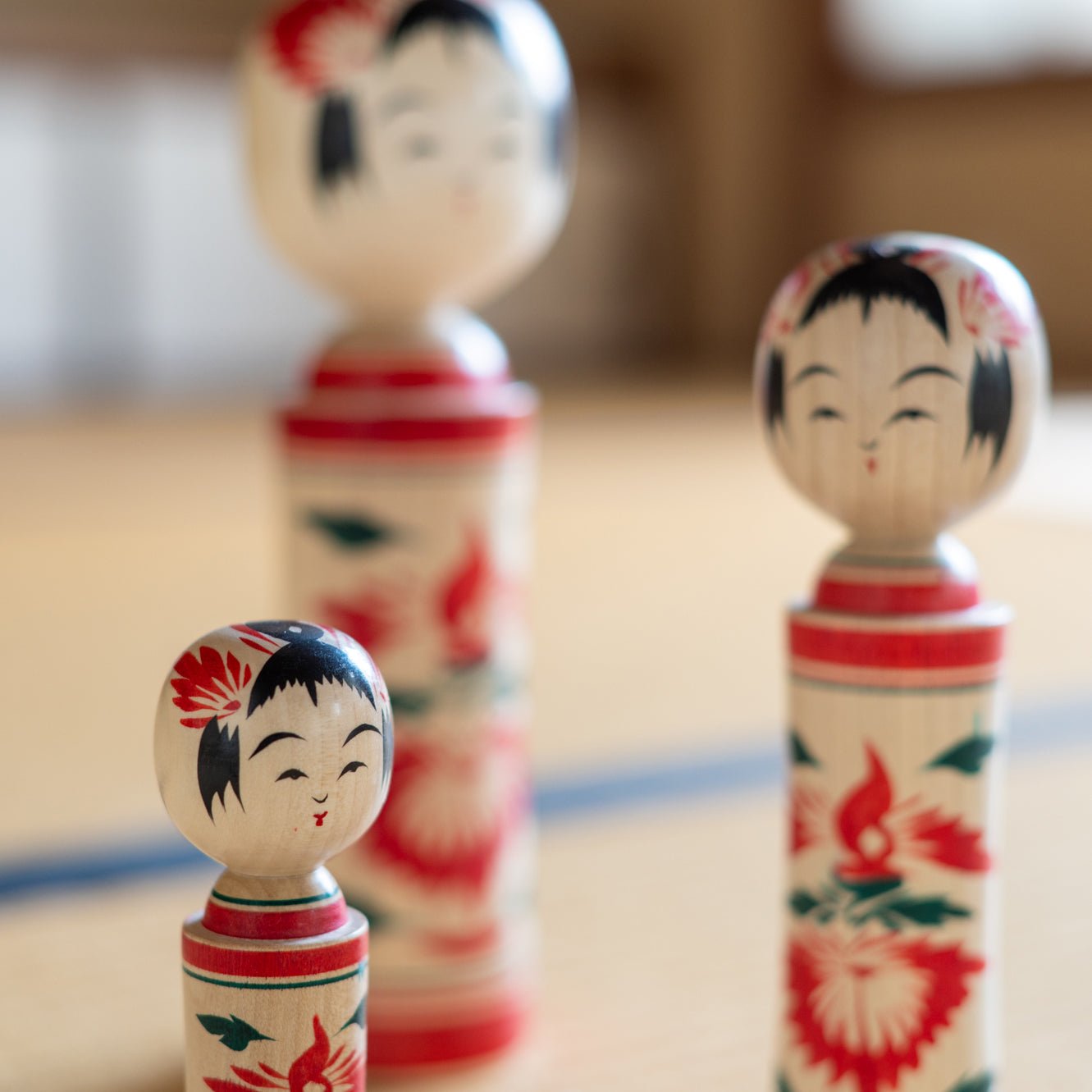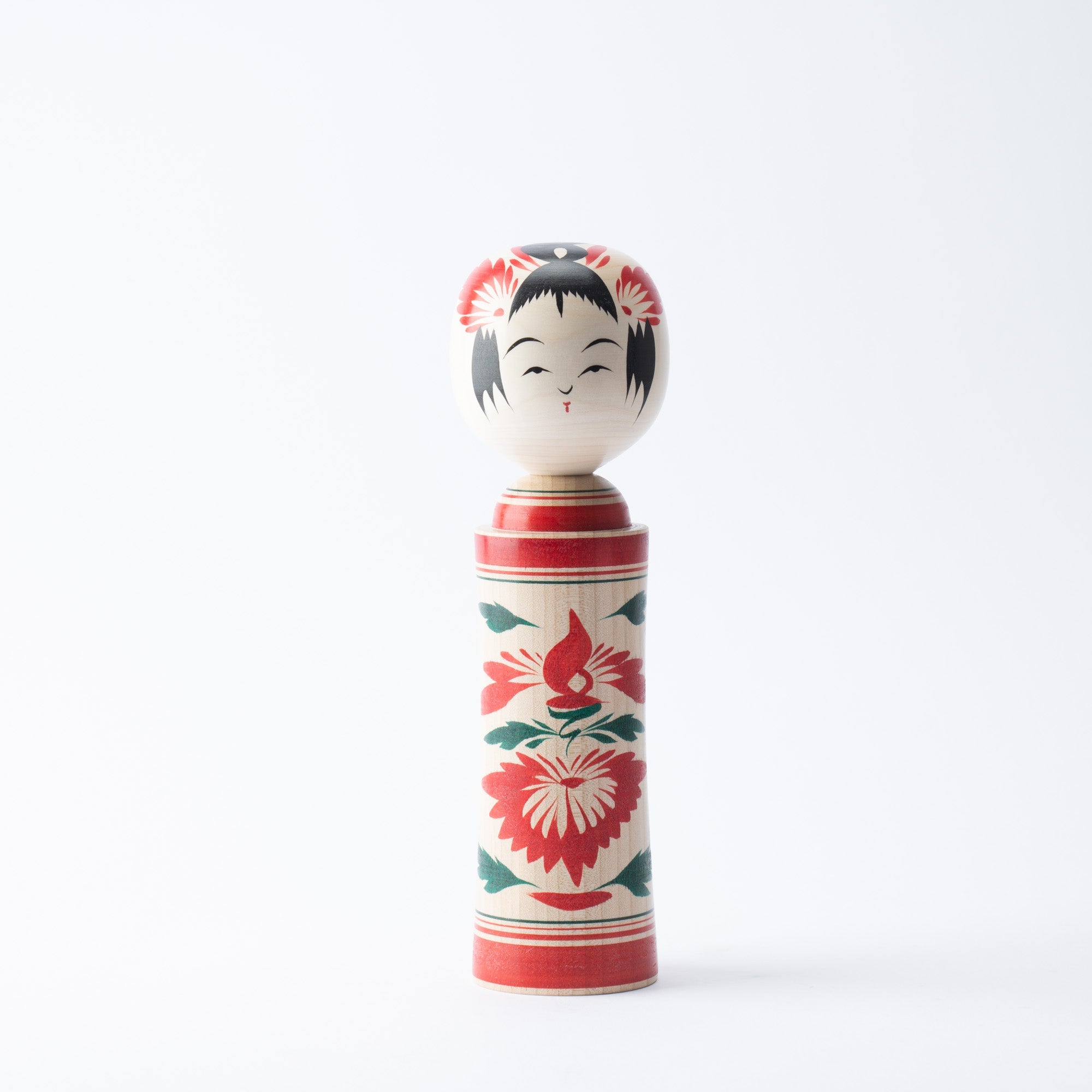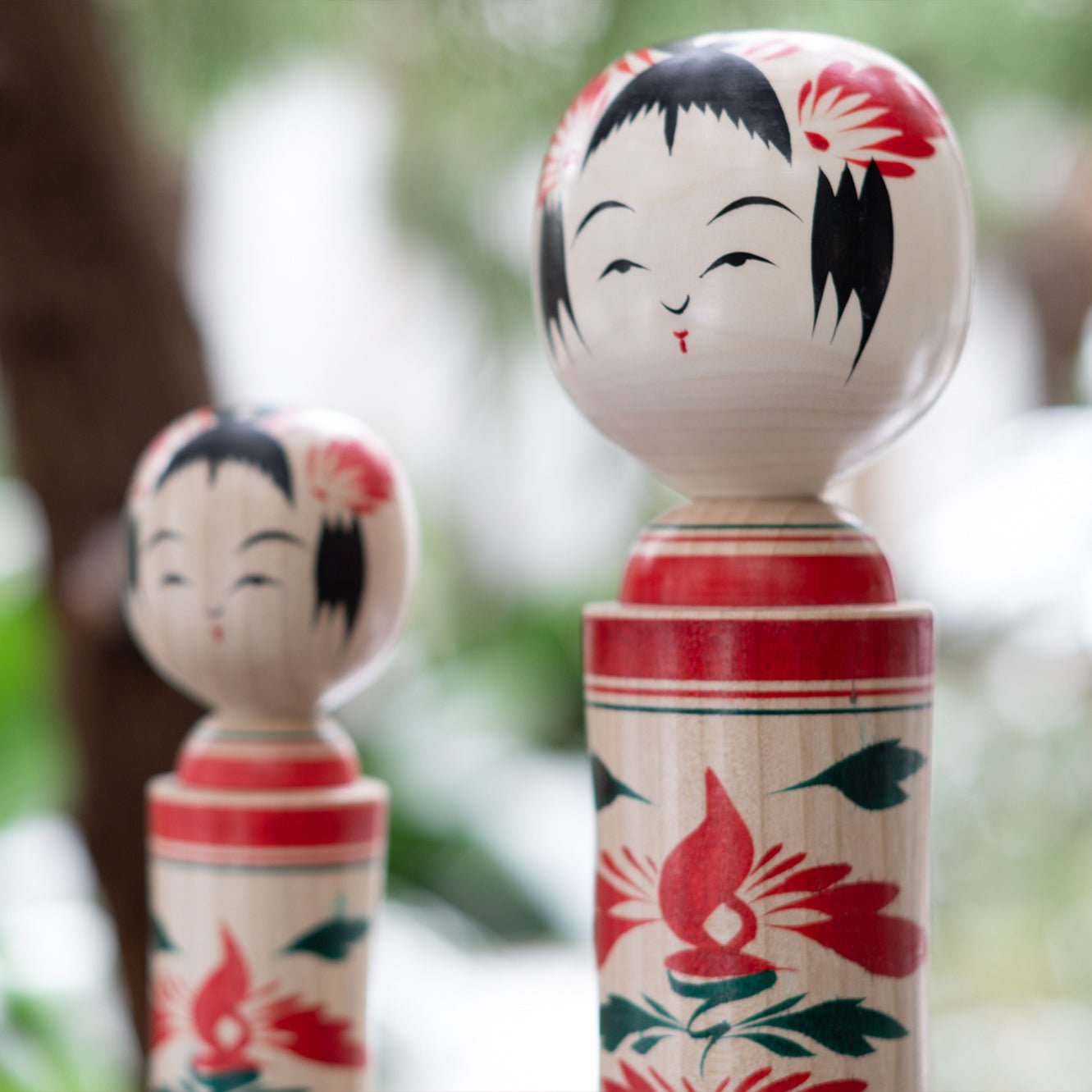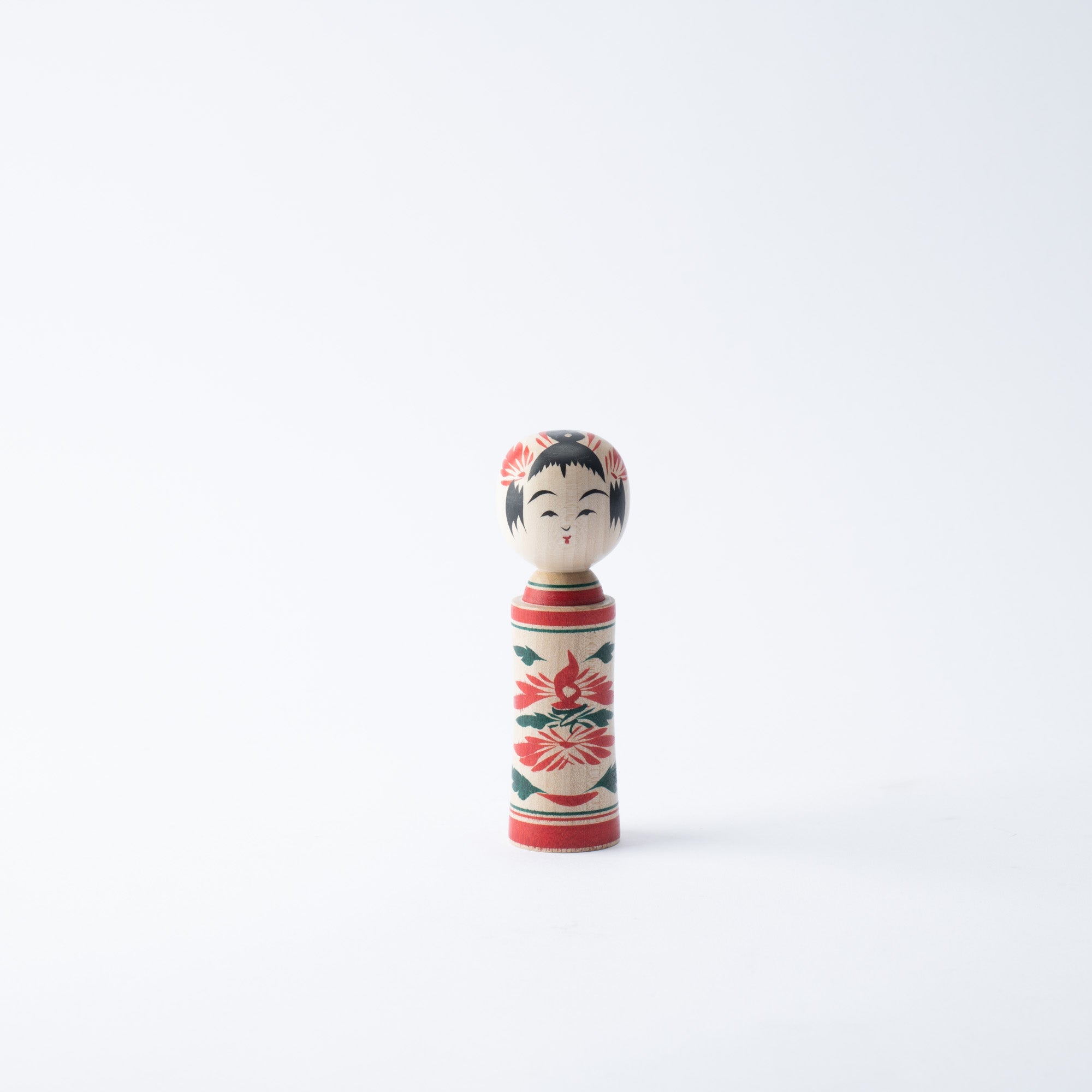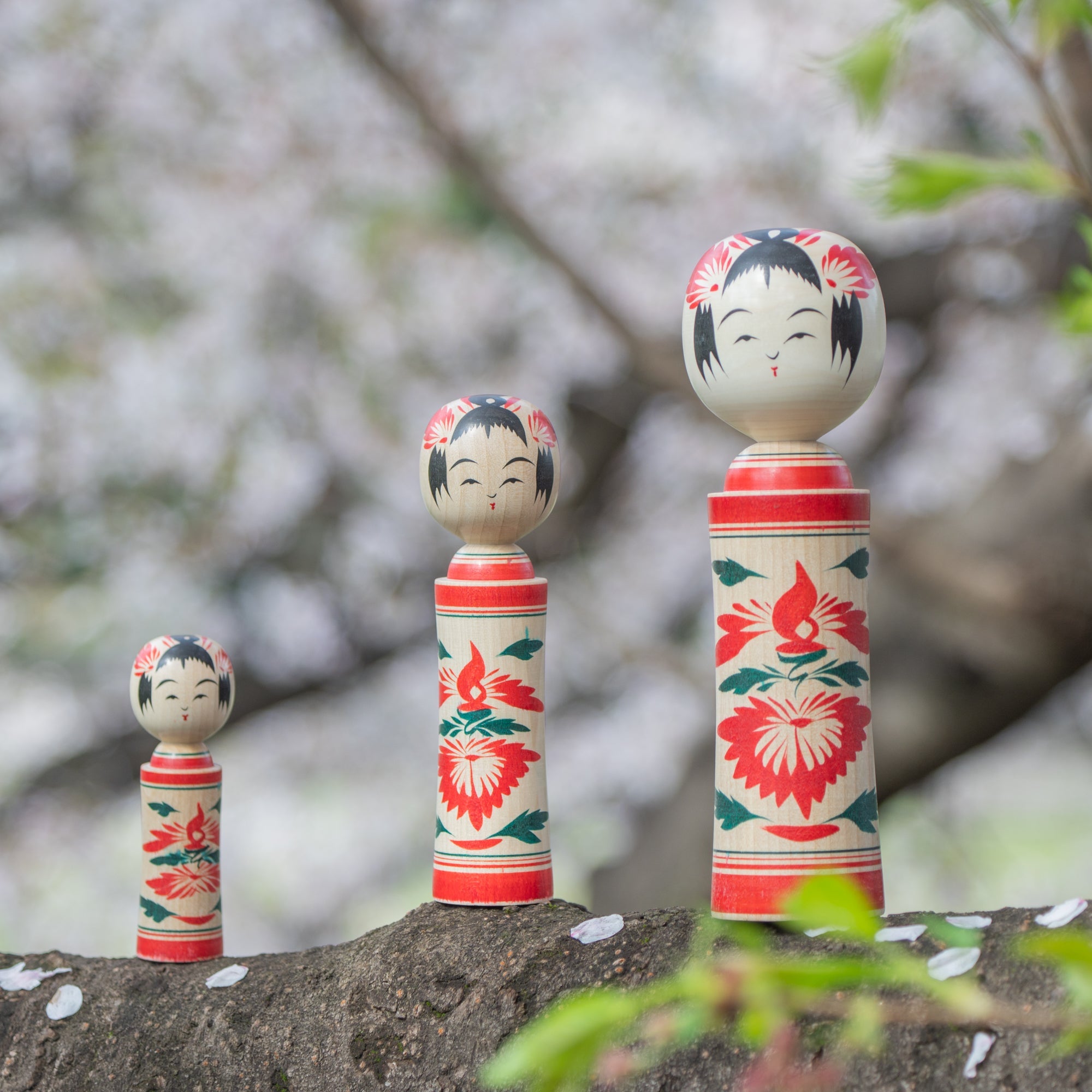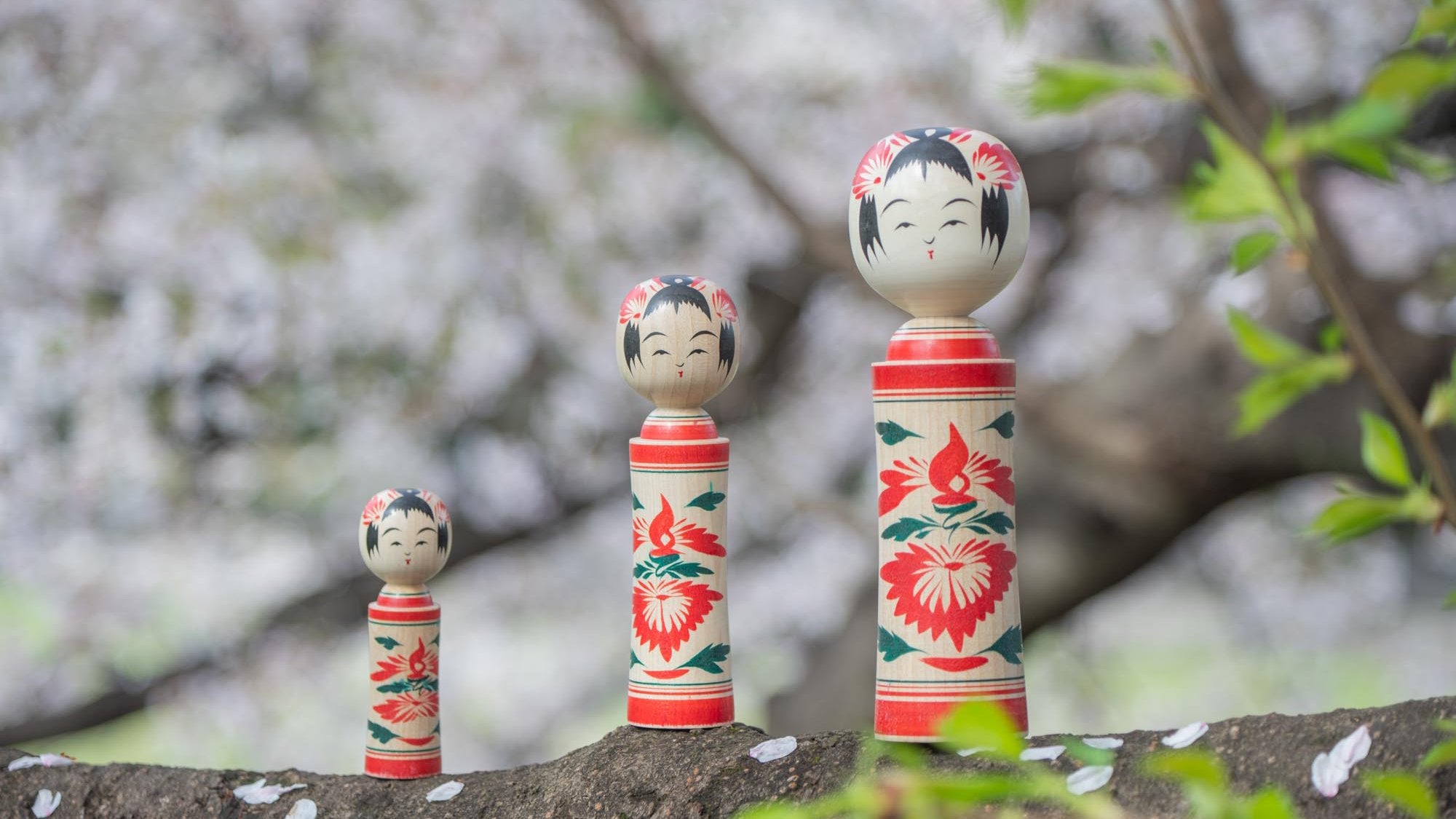
Naruko Kokeshi Dolls
Naruko kokeshi dolls originated in the late Edo period (1603 CE–1867 CE) when wooden bowl and tray makers crafted them to provide amusement for their own kids as well as those of their neighbors. As the years progressed, they were sold as souvenirs, paving the way for adults to make collecting and appreciating these dolls a hobby.
Naruko kokeshi dolls were designated as a national traditional handicraft by the Japanese government in 1981, when the traditional kokeshi dolls of Miyagi Prefecture were grouped together as "Miyagi traditional kokeshi dolls."
Naruko kokeshi dolls have a cute, innocent expression, and their tied bangs and red hair ornaments are very charming. In the late Edo period (c. 1603-1867), they were made as children's toys, but gradually became popular as decorative figurines among a wide range of people. In recent years, the number of young fans has been increasing, as they feel nostalgic and comforted when looking at them.
The most distinctive feature of the doll is the squeaking sound it makes when the head is turned. The technique of fitting the protrusion of the head into the hole in the body while turning the wheel is something only a skilled kokeshi craftsman can do. The design features two or three chrysanthemums seen from the side, painted on top of each other on the body. Another well-known pattern is the "hishikiku (rhombus chrysanthemum)," which is a glossy blooming chrysanthemum seen from directly above. These patterns are often expressed realistically, either alone or in combination. Chrysanthemums are the most common, but patterns of maples, peonies, caresses, and irises are also found.
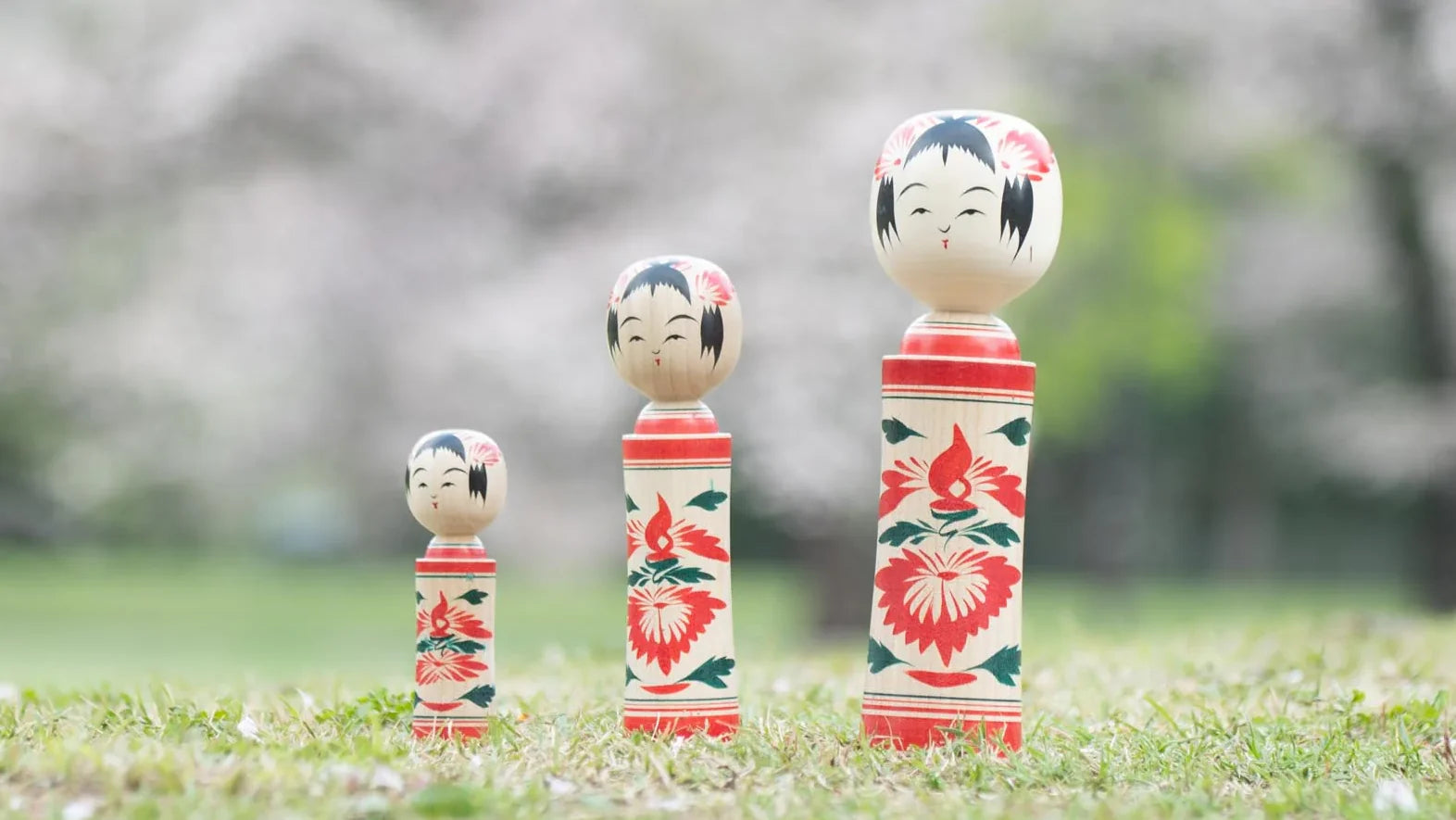
The wood surface is comfortable to the hand and has a pleasant feel to the touch that makes you want to hold it all the time. Their classical forms reveal the talents of the artisans who lived in the mountains decades ago. Graceful yet rustic, these dolls are a testament to both the beauty of nature and the skill of the craftsmen.
They vary in size, but small ones are carried around or displayed on a shelf, while large ones, which are over one meter in length, are often placed on the floor. Each one has a different face and pattern, so it is fun to collect them!
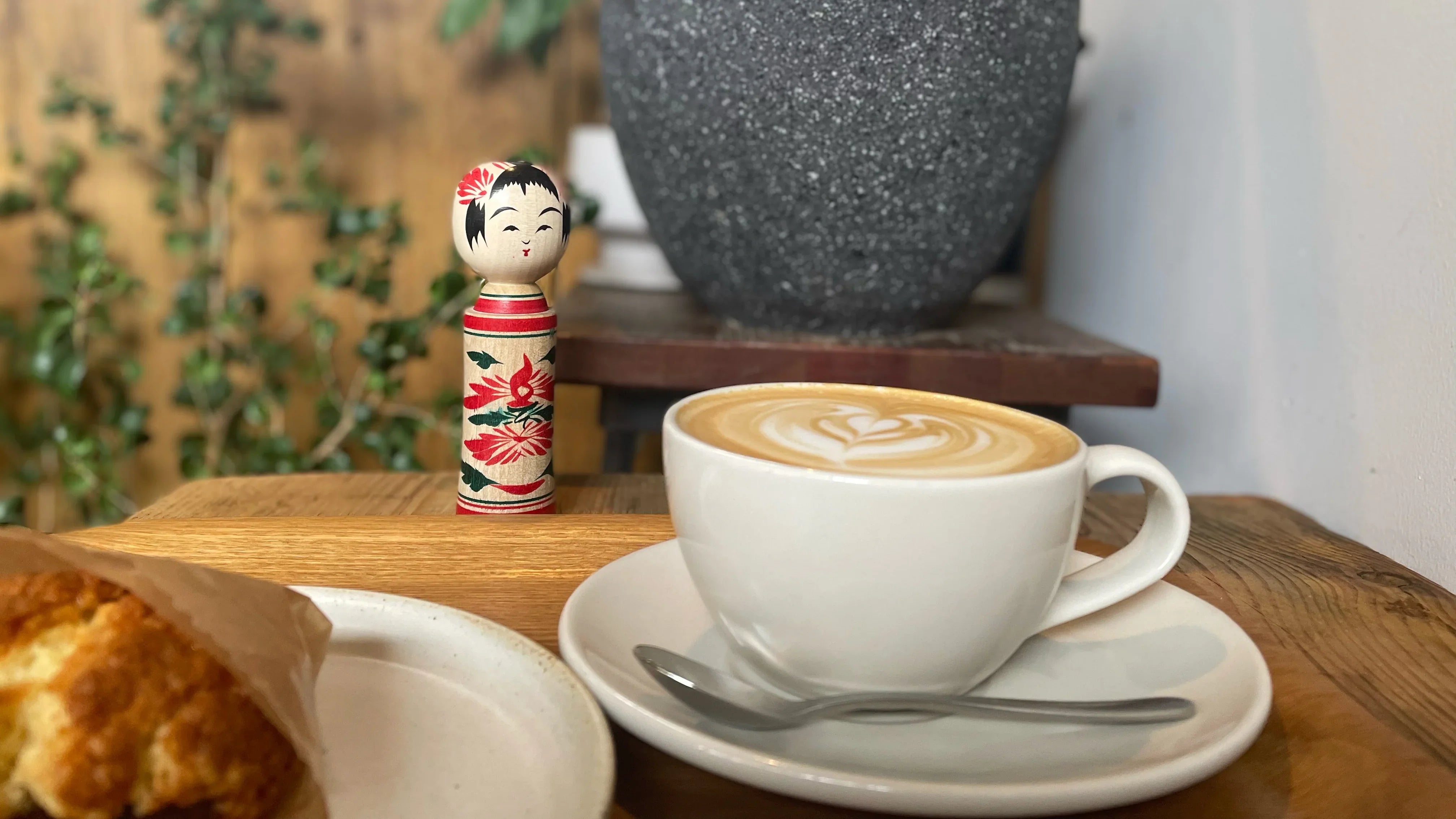
1. Drying the logs
The most commonly used logs for kokeshi doll making are "mizuki (dogwood)," which has a fine white bark, and maple, which develops a beautiful luster over time. The raw wood for kokeshi dolls is cut down in the fall when the wood does not contain much moisture. The bark is peeled off and the wood is left to dry naturally for 6 months to 1 year.

2. Cutting
The logs are cut to the size of kokeshi dolls and roughly shaved into cylindrical shapes to be ready to set on a woodworking lathe. The head and copper are made separately.
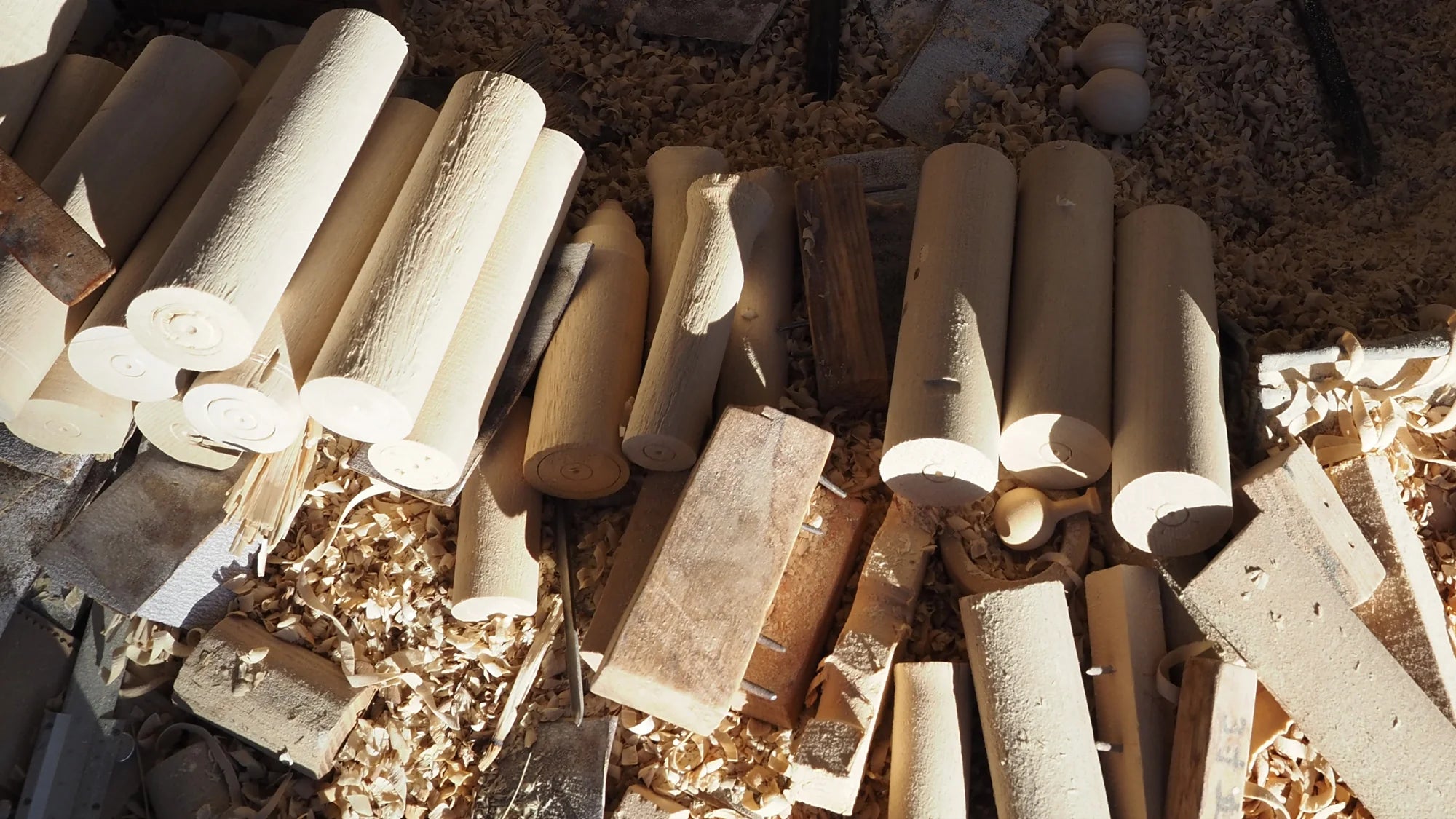
3. Woodworking
The wood is then attached to the axis of the woodworking lathe, and while rotating, a plane is applied to the wood to carve it into the desired shape.
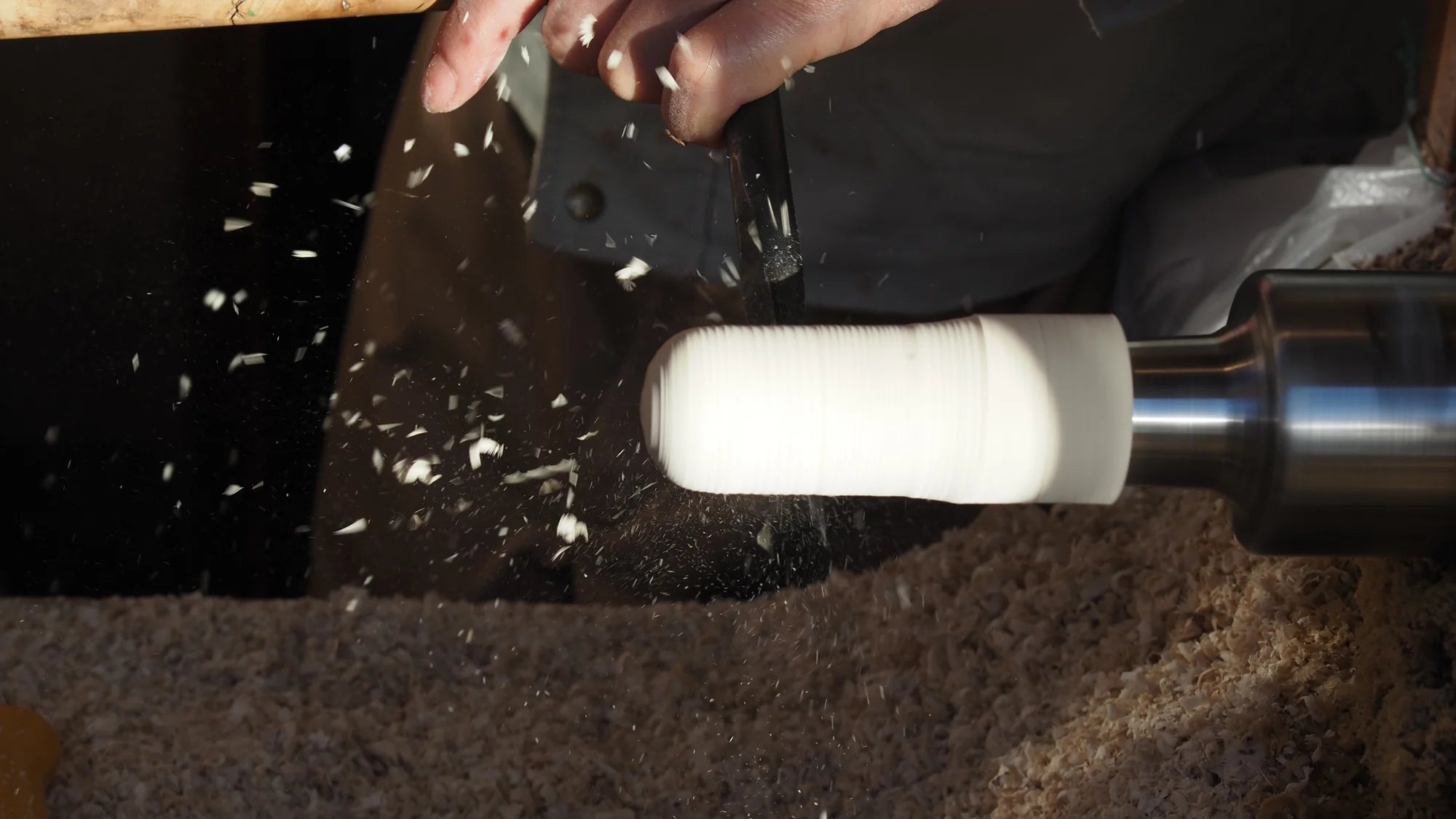
4. Painting
The face and body are painted using ink, red, green, etc. The name is added to the bottom of the body. A name is also added to the bottom of the body.
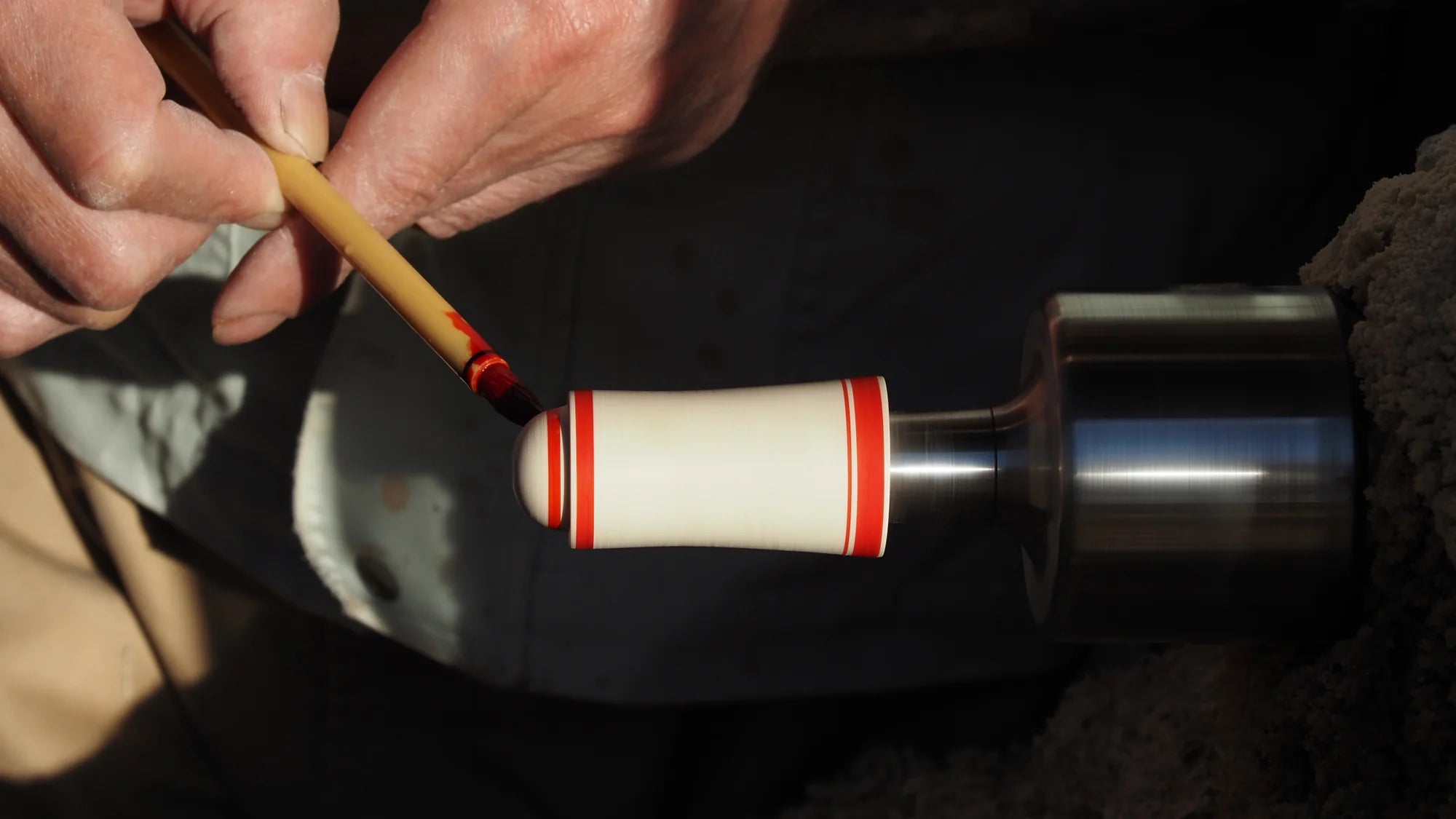
5. Waxing
Place the head and body on the potter's wheel respectively, and pour wax on them. Melt the wax firmly over the entire body to prevent unevenness, and polish with a cloth to bring out the luster.
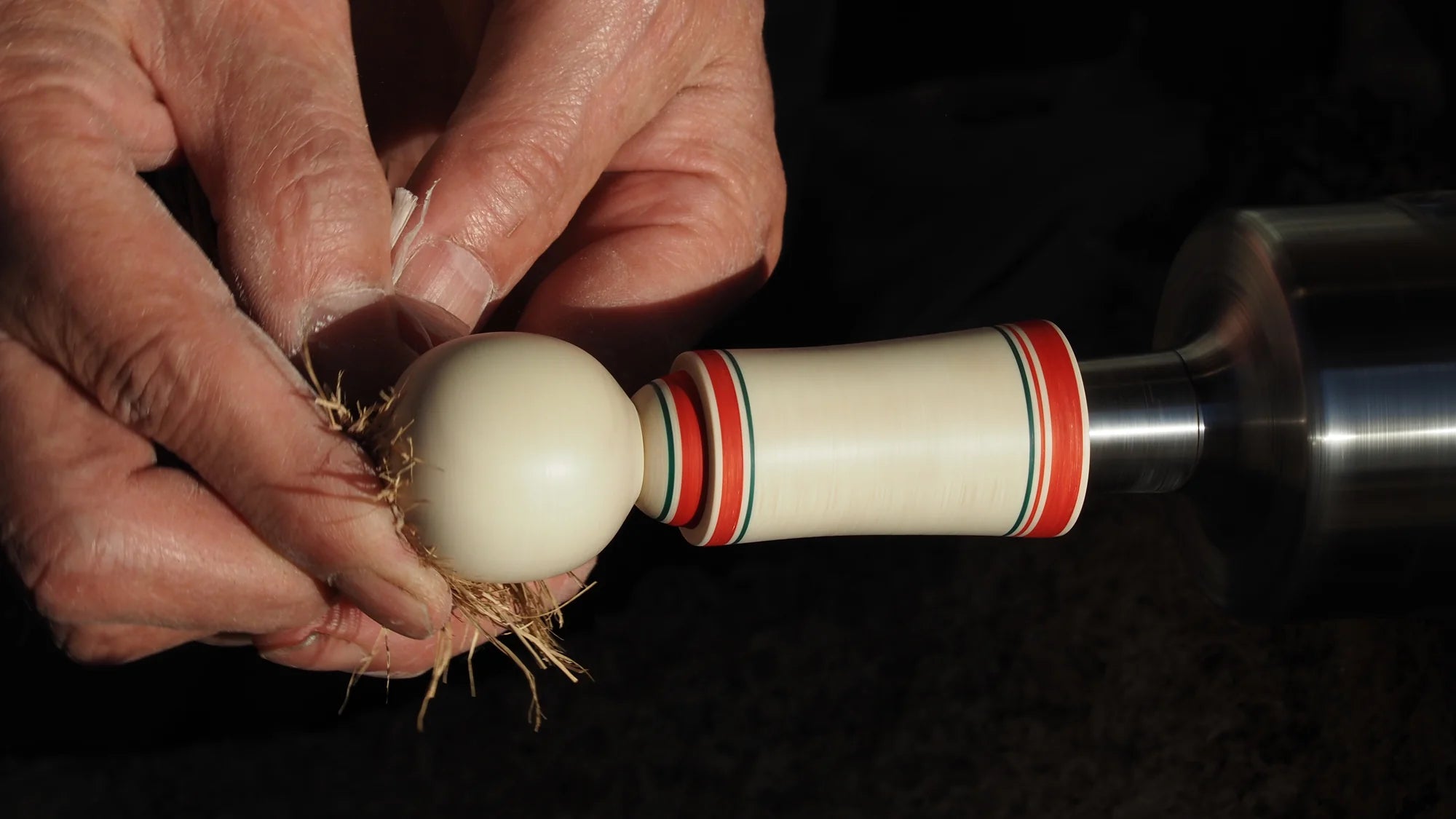
6. Insert the head into the body
Insert the head firmly into the body, taking care that the body pattern and the face match up perfectly.
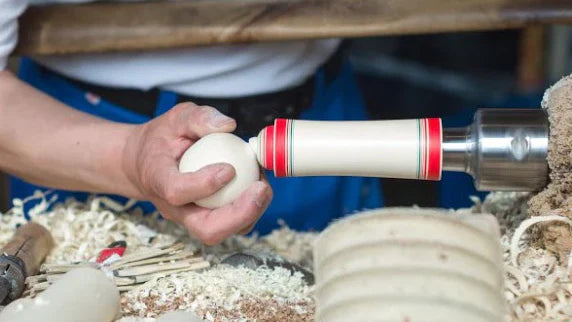
Makers
Filters


